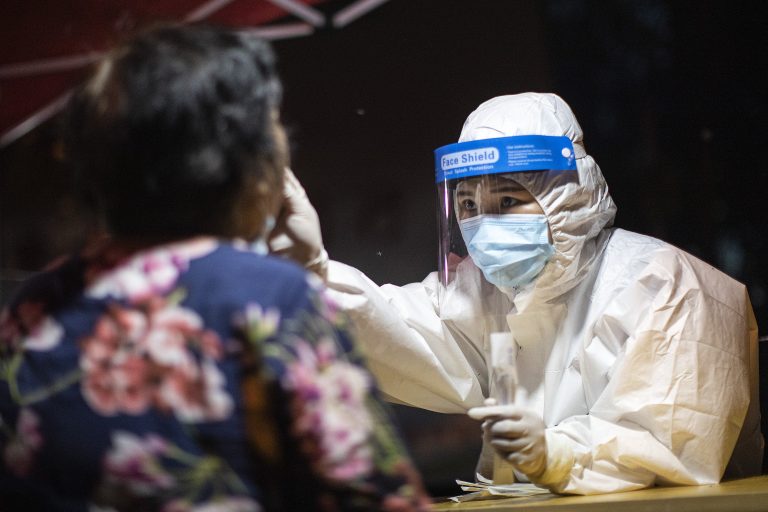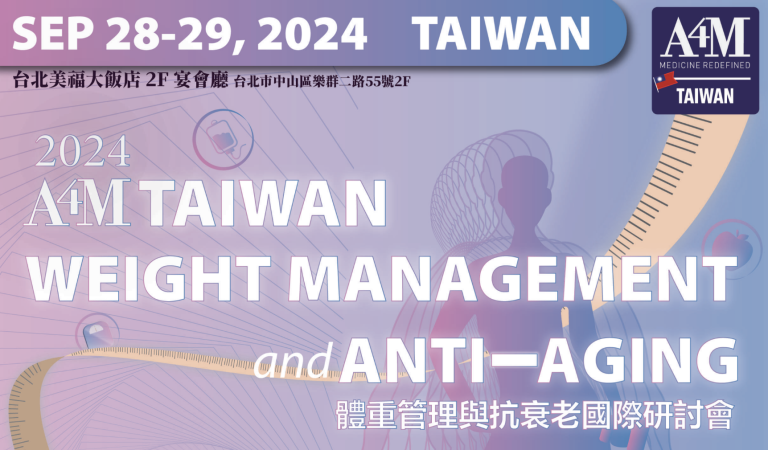News analysis
Since China’s latest COVID-19 wave hit in mid-October, Chinese authorities have rigorously enforced a zero-tolerance prevention policy. These measures have included large-scale virus testing and mass quarantine for those deemed at risk.
A new term: “space and time companion” has been frequently cited by Chinese officials to describe people with close contact to infected individuals. But the definition of “close contact” is extremely broad.
The rule states that 10 minutes of overlapping cell phone signal pinged from the same base station would deem the person as having had close contact with an infected person, even if there was no actual physical contact between the individuals.
Once someone is identified by the official database as a “space and time companion,” his or her health code would turn yellow and the individual must stay at home and undergo two nucleic acid tests within three days. They are not allowed to leave their home until negative results are obtained.
Success
You are now signed up for our newsletter
Success
Check your email to complete sign up
Starting in May 2020, China has adopted a mobile-based health QR code, a system similar to a COVID passport in order to monitor its huge population during the pandemic. The system uses three colors to describe the risk level of an individual: red for infected, yellow for those at risk and green for healthy.
Protests against extreme ‘community screening’ measures
The latest effort to expand the definition of “at risk” showed that Chinese authorities are determined to adopt more aggressive measures to keep the new surges at bay.
However, using personal data from people’s cell phones to identify COVID-positive contacts has sparked criticism.
On Nov. 8, three health experts, led by Dr. Chen Fujun, director of the Fourth West China Hospital of Sichuan University, issued a joint letter. The letter called on authorities to “pay attention to the negative impact of the expansion of community screening in terms of the crowding of medical resources, the consumption of health resources, the growth of public panic, and the disruption of people’s normal lives.”
Critics say that such authoritarian measures have “transitioned from science to science fiction.”
Unlike most developed countries in the West, where monitoring of the pandemic is a public health issue and managed by health authorities and professionals, in China, these measures are left to the police. Concerns have been raised that the new policies can be easily abused to control society and silence its citizens.
Xie Yang, a Chinese human rights lawyer, disclosed that local police visited him on Nov. 5 before a business trip to Shanghai and warned him to cancel the upcoming trip. Yang initially refused to do so only to later find out that his health code had been turned red and he was not allowed onboard any public transportation.
He was told by health personnel to receive COVID-19 testing at home and get proof of vaccination as soon as he can. However, a day later, his health code was turned back to green and all warnings were removed.
“We cannot be the punching bag of the Chinese Communist Party, acting as a tool to restrict the travel of dissidents!” Xie Yang shared on Twitter, “ If you are in a similar situation, please let me know! I need to get a voice in court!”
China’s totalitarian lockdowns
The Chinese government’s aggressive new measures in curbing the pandemic are a reflection of its unique philosophy in dealing with the virus. Unlike most countries in the world, China has maintained a “zero-tolerance” COVID-19 policy in the fight against the pandemic.
Once there is a confirmed case, even if it is only one or a few people, authorities will place all nearby neighborhoods, urban areas, and sometimes even entire cities on lockdown, prohibiting all people from entering or leaving the affected area. According to the Associated Press, city closures and quarantine measures in Dalian are the latest manifestation of China’s new policy against combating the pandemic.
On Nov. 12, Dalian city’s General Command of Epidemic Prevention and Control announced the closure of Zhuanghe city. Authorities warned residents not to leave their homes without permission and warned that those who broke the rules would face punishment. The city college of Zhuanghe was also closed. China’s financial news network Caixin.com reported that 33 college students were confirmed to have contracted the virus.
RELATED
900,000 Residents Forced Into Quarantine as COVID-19 Outbreak in China’s Dalian Worsens
Zhuanghe is a county-level city in Dalian with a population of 807,000 and an area spanning 4,113 square kilometers. Presently, in Zhuanghe, all public transportation has been halted and roads have been closed. Everyone is required to take nucleic acid testing for COVID-19 on a daily basis. Centralized quarantines are also being provided in 76 hotels. All 400,000 households in the city have had their doors sealed from the outside. People are strictly prohibited to leave their home for 14 days. Residents were also told by authorities to lock themselves in after their doors were sealed. If the seals were broken, the residents living inside would be forced to be quarantined in hotels at their own cost.
In addition to residential quarantine, 15,000 students from two campuses of Zhuanghe University City were sealed in dormitories and hotels for 14 days. Nucleic acid testing is being conducted for the entire population of Zhuanghe City, as well as in the urban areas of Dalian, Lushun, Pulandian, and Wafangdian. “Mobile square pods” and “air-film square pods” have been distributed throughout Dalian for testing purposes.
Some residents have argued that the government’s aggressive new control measures are an opportunity to make money. In a western suburb of Inner Mongolia, a new wave of COVID-19 broke out in mid-October, leaving more than 9,000 tourists trapped and unable to return home. Authorities stipulated that although these tourists had been quarantined for 13 days before they departed, they still had to stay at designated quarantine sites for another 14 days before being tested and allowed to return home.
The quarantine hotel that accepted the tourists also capitalized on the opportunity and raised its room rates. Because the tourists were not allowed to leave without paying, a fight broke out.
He Bin, a commentator who is familiar with the new prevention and control measures, told Radio Free Asia that the current zero-tolerance COVID-19 policy has become a “pandemic economy.”
“Local governments experience economic benefits, ranging from quarantine hotels, to nucleic acid testing and residents rushing to buy household goods has proved especially lucrative,” He Bin said.
By Dr. John Dong.







